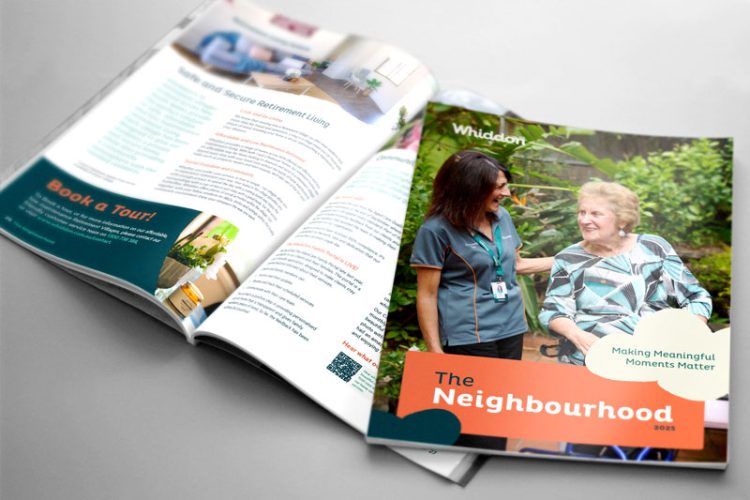At Whiddon, care at home is built on real relationships. Your regular team takes the time to get to know you, understand what matters most and design support around your goals, routines and interests.
We work in partnership with you, and with any family or friends you would like involved, to create a personalised and flexible Support at Home care plan that is transparent, easy to manage and feels truly centred on you.
Personalised and flexible options, with care plans that are developed with you and no hidden costs
Relationship Based Care and a consistent team of local care workers, so that we can get to know you and your family
Peace of mind – we’ve been caring for older Australians for more than 75 years and are Government approved and registered providers of Support at Home Packages and CHSP, and Disability services through the NDIS
Support to find practical solutions to help you stay connected to your family, friends, community and interests
Affordable care management to ensure you’re supported by our expert Coordinators
Access to Whiddon’s award-winning wellbeing programs
Access to our Community Coordinators and Scheduling Teams who support you with your care, service bookings and changes
Invitations to join Whiddon social programs held by Homw Care
Support to access & organise respite care at our nearby Residential Homes
Priority access to Whiddon Retirement Villages and support to organise your move
Assistance to access additional support equipment or assistive technologies



